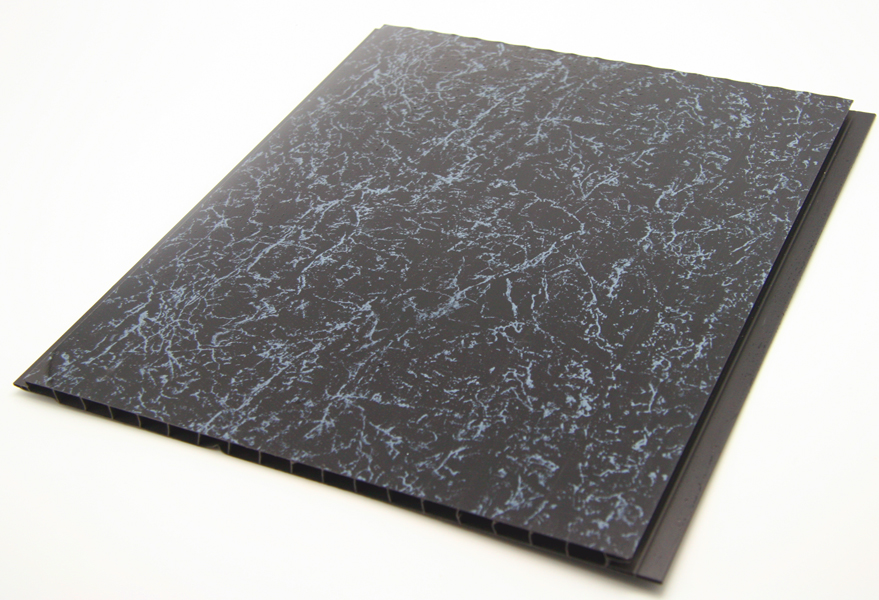According to reports, since the beginning of September, following a short period of high prices, the construction steel market has seen another round of crazy upswings in the recent week. As of the 21st, the steel index was reported at a price of 3720 yuan per ton, which rose by 170 yuan per week. At present, the tonnage price for representative quality rebars in Shanghai is around RMB 3,620, and the price is RMB 160 a week. In Shanghai, high-quality rebars are offered at RMB 3,720 per ton, which is also rising by RMB 160 a week. According to market analysts, this continuous wave of sky-rocketing growth will not be sustainable. The first wave of rebound, the main promoter is the so-called "investment project concentration approval" of the indirect factor stimulus; and the second round of the rebound, it is indirectly driven by the new round of the US second-round quantitative easing policy, coupled with the restrictions of some steel mills in East China Over-delivery, cancellation of unplanned resources, and other short-term operations have given the steel market a partial appearance of tighter prices. In fact, the fundamental pattern of oversupply and overcapacity in the entire steel market has not changed.
The sudden rebound of spot steel prices has further deepened the ambivalence of steel mills. Steel mills have experienced “three liters†in the three factors of factory pricing, production, and inventory, which are full of passiveness, frustration, and pressure. In the latest week, the increase in the tonnage per ton price of some steel mills in Central and South China exceeded 200 yuan. The Shagang, Yonggang and other steel mills with ten-year prices welcomed the first factory price increase since mid-April in September. The ex-factory price in the second half of the year is raised by 150 to 200 yuan per ton. According to the latest data from the China Iron and Steel Association, the average daily output of crude steel for major and medium-sized enterprises increased by 2.89% during the first half of September. The acceleration of the release of steel mill production capacity will form new restraints on the room for steel price increases. What is even more noteworthy is that the steel stocks of key steel enterprises in early September increased by 1.77% year-on-month, and by more than 39% year-on-year. This shows that the steel company's inventory pressure is still quite large, and the space for steel mills to continue to increase prices is very limited.
The iron ore market is also unwilling to be lonely. It is always trying to tighten the "string" of the ore price. In the past week, the price of ore has risen again. In the domestic ore market, the price of iron concentrate in Hebei increased, and the ton price rose by 50 yuan per week, and the turnover also improved slightly. The miners were mainly wait-and-see, low-priced shipments were not positive, and prices continued to rise slightly. The price of imported ore rose sharply. The price of Indian fines of 63.5% was quoted at around US$114 per ton, and it rose by US$12 per week. Port spot miners continued to increase their quotations. The cost of the original accumulated resources in their hands was already high, and the incentives for pulling prices continued to exist. From the perspective of steel mills, some manufacturers have relatively low levels of imported ore inventory. In the case of a sharp increase in steel prices, they are interested in supplementing a small amount of ore resources before the National Day holiday.
Analysts of related institutions believe that the concentration of transactions accompanied by soaring steel prices includes, to a certain extent, the components of demand for overdrafts in the later stages. Since the beginning of September, the ex-factory price of ordinary carbon steel billets has risen by more than 16%, and the iron ore Platts index has also rebounded by nearly 26%. The rapid increase in raw material prices has made it difficult for downstream demand to follow up. It may be difficult to avoid a significant pullback in the late period. In general, the upward momentum of the steel market has been minimal, and the pressure on steel prices is gradually increasing.
Size of Printing Wall Panels: 200mm x 8mm, 220mm x 8mm, 250mm x 8mm, 250mm x 5mm, 250mm x 10mm.
Type: Artistic Ceilings, Honeycomb Ceilings, Integrated Ceilings, Perforated Ceilings.
Material: PVC (50%, 60%, 70%, 85% or as your request), Caleium Carbon and other chemicals
Weight: 2-4 kg/sqm
Feature: Fireproof, Heat Insulation, Moisture-Proof, Mould-Proof, Smoke-Proof, Sound-Absorbing, Soundproof, Waterproof, Fire,Moisture,Mould Proof.
Surface Treatment: Oil print, thermal transfer print as your pattern and color.
Surface effect: Bright/glossy, high glossy, matt, gleam, roller coating and so on
Quality Guarantee: 25 years.
Certificate: ISO9001:2000, Soncap, Intertek, SGS.
Application: Hotels, commerical buildings, hospital, schools, home kitchen, bathroom, indoor decoration and so on.
Pictures of Printing Wall Panels:

Printing Wall Panels
Printing Wall Panels, Printing UPVC Wall Panels, Printing Decorative Wall Panel
Zhejiang Huaxiajie Macromolecule Building Material Co., Ltd. , http://www.pvcbuildingdeco.com